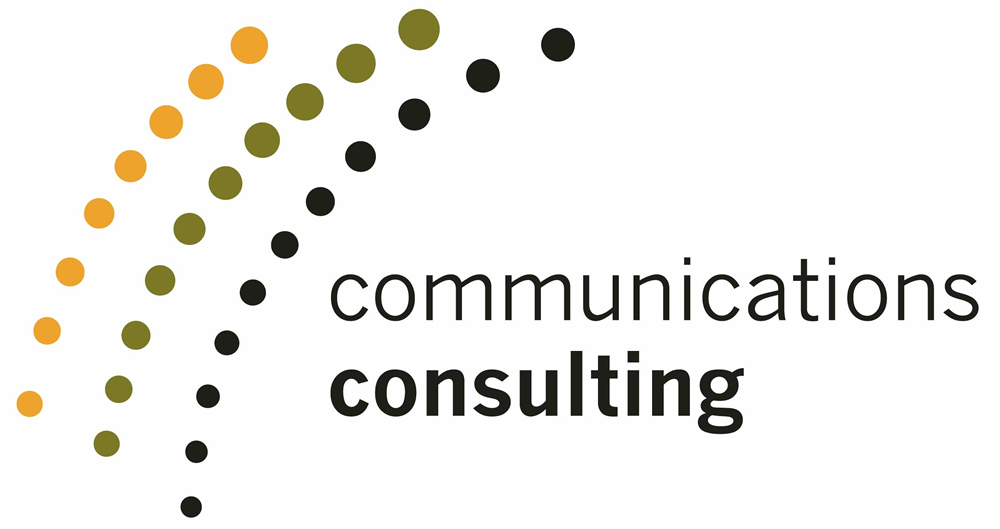Successful Change Management Needs Perseverance and Leadership.
People like the familiar — changes are cuts into the familiar.
Openness, trust, empowerment and cooperation are essential for all people in an organization on their way to new shores.
I have supported colleagues in various change processes to gain clarity about the goals and their role in change.
Because top management need to credibly lead the way. Specialists and managers need to be able to communicate and discuss the changes openly and transparently, in direct contact with their employees.
Leadership of Top Managements
Visionary, strategist, point man, role model, expert … the list of roles could be continued. In the change, it is fundamental that top management takes on the task of moving forward, repeatedly initiating changes in order to maintain or strengthen competitiveness, and thus safeguard the future of the company.
In order to successfully implement change, it is also important that top management maintains the lasting sense of urgency for change, continuously communicates and precedes it as a role model. For these tasks, I offer you advice and support as a sparring partner.
It is important that you not only speak to the matter, but above all, are in open dialogue with people at all levels within the hierarchy, in order to take them along on the journey:
- To get you excited about the reasons,
- To explain where to go and what will change and
- To make the changes understandable, collaborative and thus accessible.

My experience shows that this — especially over the necessary longer period of time — is a challenge for many top managers. Among other things because they have dealt with and familiarized themselves with the change much earlier and thus longer than most of the employees. They are already in a different phase of change when the majority of the organization starts. It therefore requires a good balance between driving change and understanding that the organization and its people need time.
Consulting & Workshops for executives and project manager
The support of specialists and managers in change processes is another very important success factor. You must be both convinced and convincing. To do this, you must understand the changes and make them understandable. You are the first to be asked about why and how and also experience the employees’ fears first hand and unfiltered. In order to be able to represent and communicate changes authentically, and at the same time credibly, you need a good set of tools: clarity on the strategic objectives, the significant changes in the company and in its areas of responsibility, as well as their role.
They should also understand the importance of communication in change and communicate uniform core messages.
Last but not least, you need platforms to exchange and address concerns and suggestions.
Cultural Development
To accompany my customers in the further development of their culture is an exciting and important part of Change Management for me. I am deliberately talking about further development, because every existing organization has a culture. Above all, it is the unwritten but lived part of the culture that is particularly exciting. This part represents the biggest challenge in terms of change in the desire for a cultural change.
In any case, the further development of culture should follow the vision and strategy of its company. In order to successfully accompany cultural change, I work to develop individual solutions and measures with my customers.
Services around Cultural Development:
-
- Recording the actual culture with interviews across all levels — national and international
- Workshop on formation of value hypotheses at top management level
- Reflection workshops with all levels of hierarchy — national and international
- Rear-view mirroring and finalization with top management
- Development of communication and change plans for all phases “development”, “introduction” and “validation”
- Support in the implementation of communication and change management in all phases.
- Concept & project management for kick-off events.
Mergers & Acquisitions
During many years of work in companies, I have supported numerous Mergers & Acquisitions (M&A) projects.
These projects are similar in many processes. This also includes the fact that in the majority they are unfortunately not sufficiently understood as change projects. There are a lot of changes, not only for the target company, but also for the acquiring company. Both had their own corporate world with people, products, structures, processes and cultures. In the vast majority of acquisitions, all of this is integrated, or at least merged, with each other.
Change management and communication are important parts of the overall project.
Services for M&A projects:
-
- Development of the change and communication strategy
- Cultural analysis to ensure appropriate derivations for Post-Merger integration
- Communication and change support for all phases: “up to the closing” / “closing” / “post-merger integration”
- Crisis communication to support synergy measures such as redundancies or site closures
- Concept and / or project management of kick-off events — as the starting point of Post-Merger Integration
- Preparation of key speakers for internal and external presentations
- Communication support for the various departments to talk to their stakeholders — e.g. customer and supplier communication
- Training (s) to improve intercultural cooperation in global projects.
Organizational Development
An efficient and value-creating organization is based on a great deal of detailed knowledge and the commitment of all employees. Therefore, it is important to develop processes and structures together with people from all levels in the company. This ensures that the organization, structures and processes fit optimally with your company, strategy, culture and people.
At the same time, the systemic approach helps to ensure that the change turns those affected into participants right from the start and thus has many ambassadors and drivers at all levels. This in turn is an essential aspect for the sustainable success of change.
„When the winds of change blow,
some build protective walls and others build windmills“
(Chinese Wisdom)

